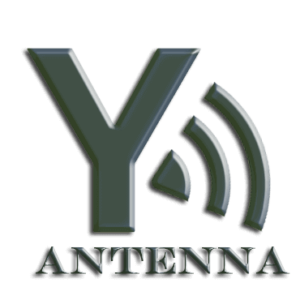5G and IoT: The Future of Connectivity
The fifth generation of mobile technology, 5G, is revolutionizing the way we connect to the internet and interact with the world around us. With faster speeds, higher capacity, and lower latency, 5G is providing the foundation for a new era of connectivity, one that will enable the proliferation of the Internet of Things (IoT).
The IoT is a network of connected devices that are able to communicate and exchange data with each other and with external systems. These devices range from smartphones and laptops to sensors, smart appliances, and even industrial machinery. The IoT allows for the automation of processes and the collection of data from a variety of sources, enabling a more efficient and data-driven approach to decision making.
5G and the IoT are a natural fit, as 5G provides the high-speed, low-latency connectivity required for the real-time data exchange and processing that the IoT requires. With 5G, the IoT can reach its full potential, enabling the creation of smart cities, intelligent transportation systems, and the connected home, just to name a few examples.
One of the key benefits of 5G and the IoT is the ability to process and analyze data in real-time. This allows for the creation of predictive models and the automation of processes, leading to significant cost savings and efficiencies. For example, in the transportation sector, the IoT can be used to monitor the performance of vehicles and predict maintenance needs, reducing downtime and improving efficiency. In the healthcare industry, the IoT can be used to monitor patient health and alert healthcare professionals to potential issues, enabling faster and more targeted interventions.
In addition to the benefits for businesses and industries, 5G and the IoT also have the potential to improve the lives of individuals. For example, smart homes can be equipped with sensors and devices that enable the automation of tasks such as lighting and temperature control, saving energy and improving comfort. In the education sector, the IoT can be used to create personalized learning experiences, providing students with tailored content and support.
While 5G and the IoT have the potential to bring about significant benefits, there are also concerns about the security and privacy implications of this level of connectivity. As more and more devices are connected to the internet, the risk of cyberattacks increases, and it is essential that proper safeguards are put in place to protect against these threats. Additionally, the collection and processing of data raises concerns about privacy, and it is important that companies and governments implement transparent and fair policies to ensure that personal data is not mishandled or misused.
In conclusion, 5G and the IoT are set to transform the way we live and work, providing the foundation for a more connected, data-driven society. While there are challenges to be addressed, the potential benefits are vast, and it is essential that we work together to ensure that this technology is developed and used in a responsible and ethical manner.


